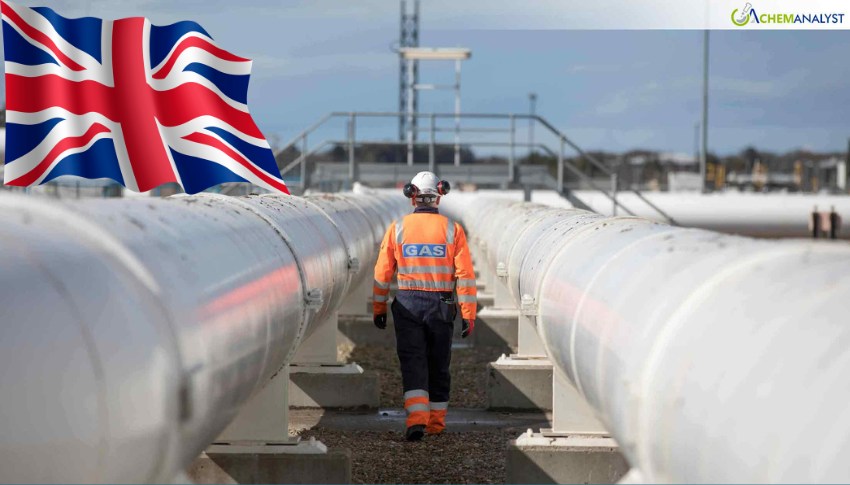Welcome To ChemAnalyst

Terra Firma Energy applauds the UK government's consultation on blending hydrogen into the gas transmission network, highlighting its potential for decarbonization and flexible power generation.
The UK government has launched a significant consultation on the blending of low-carbon hydrogen into Great Britain's high-pressure National Transmission System (NTS), a move widely welcomed by industry players like Terra Firma Energy.
The Department for Energy Security and Net Zero (DESNZ) is seeking views on the economic value of introducing hydrogen at the transmission level, building upon previous consultations that focused on local distribution networks. At the heart of the current discussion is the potential to enable a blending of up to 2% hydrogen by volume into the NTS. This seemingly small percentage could play a vital role as an "off-taker of last resort" for emerging hydrogen producers, providing a critical backup market when dedicated customers or sufficient demand are not yet available.
Terra Firma Energy, a key player in the flexible power generation sector, has enthusiastically endorsed the consultation, deeming it a "timely and positive step forward." The company has proactively positioned itself for this evolving energy landscape, with all its projects, including the Miners Road facility in Wrexham, engineered with future-proofed, hydrogen-ready generator sets.
These Finning CAT units are capable of accommodating a substantial 20% blend of hydrogen into the network, far exceeding the initial 2% proposed for the NTS. This forward-thinking approach underscores Terra Firma Energy's commitment to sustainable innovation and ensures long-term operational flexibility and resilience in a rapidly evolving energy landscape. Their foresight in anticipating changes in fuel supply and regulatory frameworks allows their generation assets to adapt quickly to low-carbon solutions, thereby contributing meaningfully to a net-zero grid.
A primary concern revolves around the impact on industrial users directly connected to the transmission system. Many of these industries rely on a stable, high-quality gas supply, and even a 2% hydrogen blend could necessitate equipment performance adjustments, increase operational costs, or require significant infrastructure upgrades. However, studies cited within the consultation suggest that the majority of transmission-connected users could technically manage a 2% blend with minimal modifications, though comprehensive feasibility studies and specific equipment adaptations may still be required. The complexities and financial implications escalate significantly at higher blend levels, such as 5% or 20%.
We use cookies to deliver the best possible experience on our website. To learn more, visit our Privacy Policy. By continuing to use this site or by closing this box, you consent to our use of cookies. More info.
